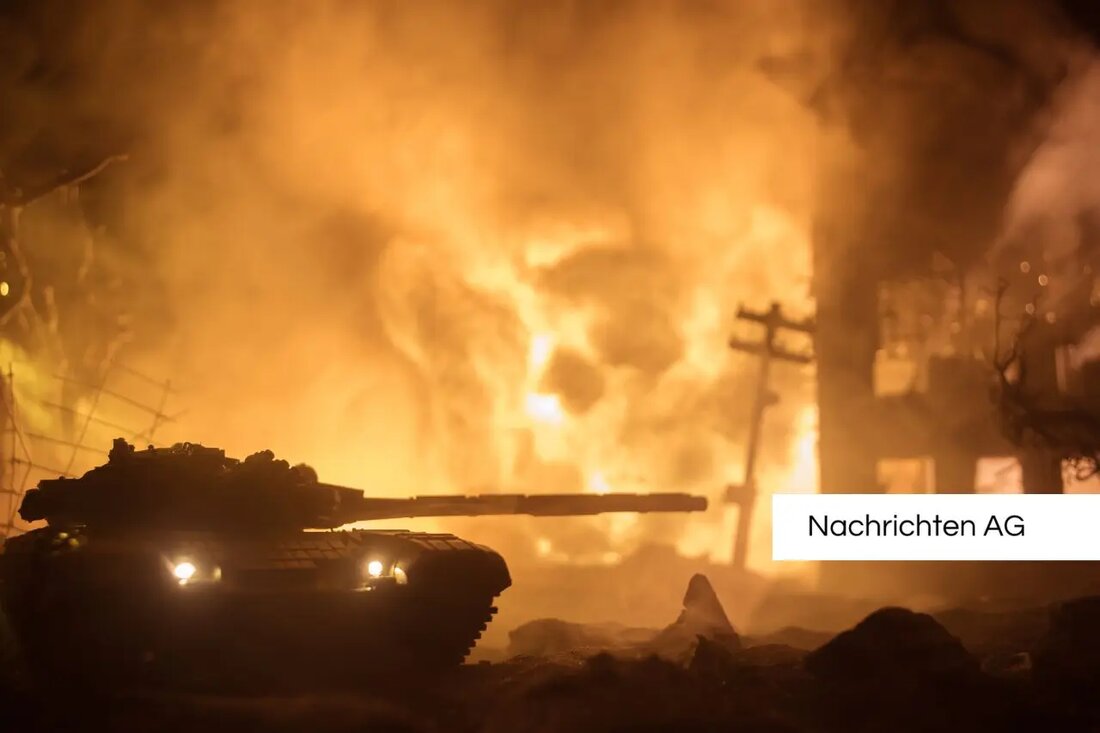Childhood memories and consequences of war: Gerd Sieb's visit to the museum
Childhood memories and consequences of war: Gerd Sieb's visit to the museum
Gerd Sieb, a contemporary witness from Bad Dürkheim, spends hours looking for traces of his childhood in old pictures. March 18, 1945 was particularly tragic, when American fighter bombers left Dürkheim city center and unprecedented destruction. This episodic history of war and destruction is now documented in an exhibition in the city museum in Bad Dürkheim. It addresses the effects of the Second World War on the region and captivates both older and younger visitors. Gerd Sieb is one of the numerous visitors who deal with these historical events.
The 1945 attack not only left physical scars in the landscape, but also shaped the cityscape sustainably. Over the years, the remains of such events have anchored themselves in the collective memory. This makes the exhibition all the more important because it offers a room to tell stories like Gerd Sieb's and make it visible.
The destruction in downtown
The destruction of Dürkheim city center was comprehensive. Using a photographed aerial occupancy from the 1950s, the extensive change of the city can be understood. The castle church, which was badly damaged on March 18, 1945, can be clearly seen here. After numerous renovation work in the following years, she received a new roof and a round tower hood. An extension to the nave was also added to restore the original state.
A look at the city square shows that the original development by the bombing in 1945 was largely destroyed. Instead of rebuilding the old structures, they decided to create a free central square, flanked by newly built buildings. These decisions were made in the context of urban planning, which had a high priority after the war.
urban planning and modernization after the war
The urban planning measures carried out after the Second World War led to a fundamental change in architecture and the cityscape. The cities of the post -war period differed significantly from those of the 19th century. Waiting housing shortages and the immigration of refugees required immediate solutions. A focus was on the reconstruction of the destroyed areas and the creation of living space. These challenges offered a historically unique opportunity to develop fundamentally new urban planning concepts.
An example of innovative urban planning is the city of Hanover, which was linked to reform ideas of the pre -war period in its reconstruction plans. The concept provided for a loosened, green and structured urban landscape to solve the problems of the densely populated cities. City building council Rudolf Hillebrecht propagated these plans as a way to make the city center tangible and worth living.
The dialogue about the effects of war and the challenges of reconstruction is also of great importance in Bad Dürkheim. The exhibition of the city museum represents a valuable platform that not only takes into account the historical reality, but also encourages future generations to think about the importance of memory and urban planning.
| Details | |
|---|---|
| Quellen | |

